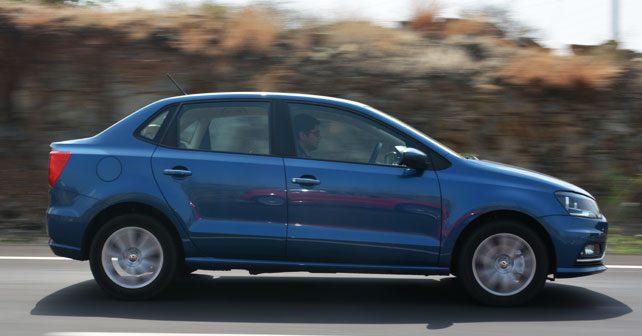
The clouds of uncertainty over the future of taxation on new vehicles based on GST (Goods & Service Tax) are finally clearing out a bit. The GST Council has finally announced a four-tier tax structure – 5 per cent, 12 per cent, 18 per cent and 28 per cent on goods sold in the country. Now, for the automotive industry, all the small cars barring luxury segment vehicles will fall under the 28 per cent slab. As of now, the taxes on luxury cars haven’t been defined clearly, but these vehicles will be subjected to an extra cess in addition to the 28 per cent tax slab.
The question is, how does it impact the industry in regard to the current tax structure? Although there’s no clear cut answer to that as of now, there’re a few key points to note. At present, cars below 4-metres in length with engines smaller than 1.2-litre (petrol) and 1.5-litre (diesel) are classified as small cars and attract taxes of 28 per cent – exactly the same as the new tax structure. That means, the introduction of GST will have no change on vehicles falling in this category. However, cars above this segment may benefit from the new tax slab.
Presently, mid-segment cars – above 4m with bigger engines than 1.2-litre (petrol) & 1.5-litre (diesel) – attract duties of around 39 per cent. If the council puts them under the same 28 per cent structure, their prices may come down significantly. But, that being said, the government could also classify cars longer than 4m as “luxury cars” and then add additional cess. Apart from that, rebates for hybrid and electric cars will also have to be re-structured under the unified GST bill. Also, there’s no mention of CBUs in the GST at the moment. So, more details are awaited.
On the whole, though, it seems that there won’t be any significant change in the prices of mass-market cars since the tax structure remains virtually unchanged.
Also read: VW Ameo vs Maruti DZire vs Ford Aspire vs Honda Amaze vs Hyundai i20 vs Maruti Baleno























Write your Comment